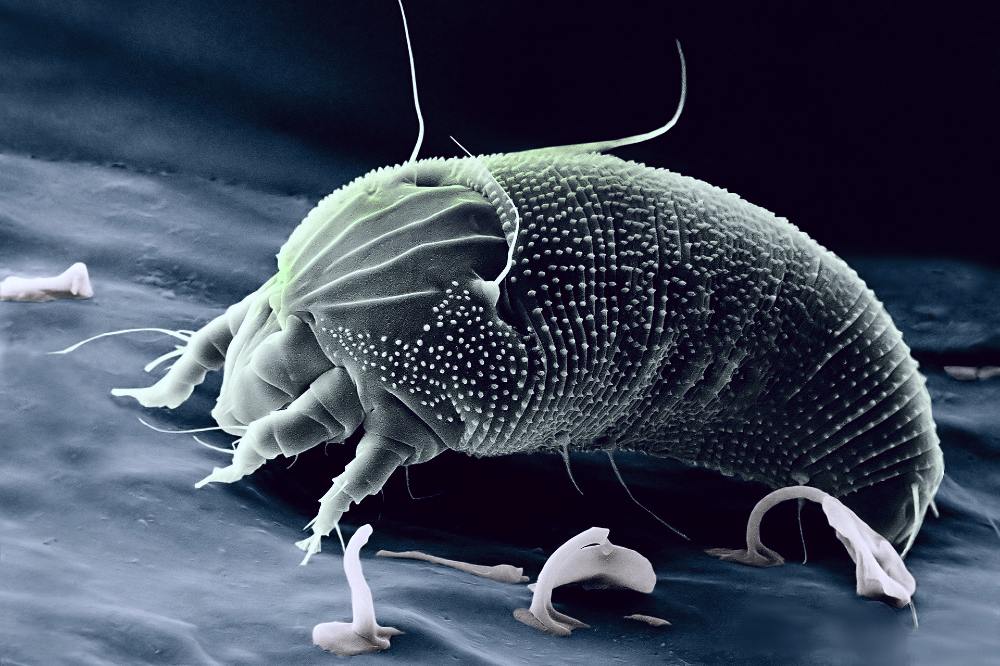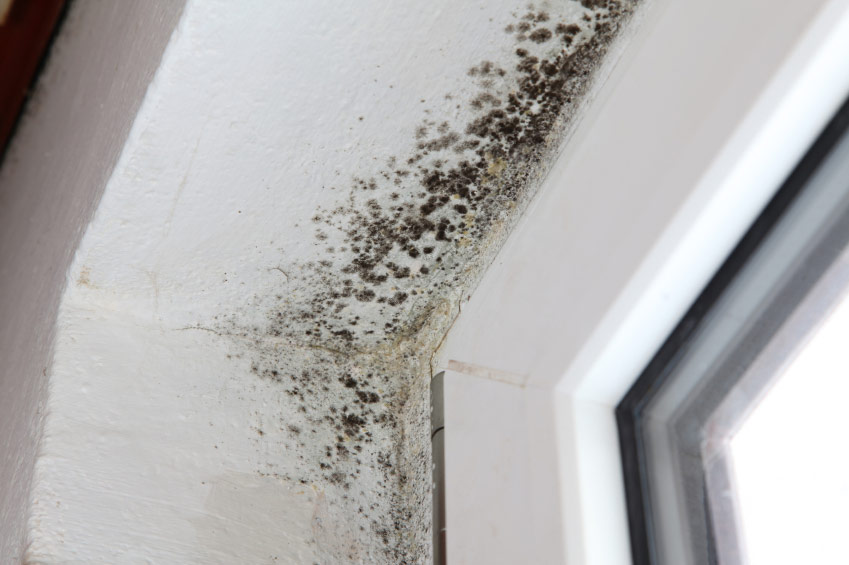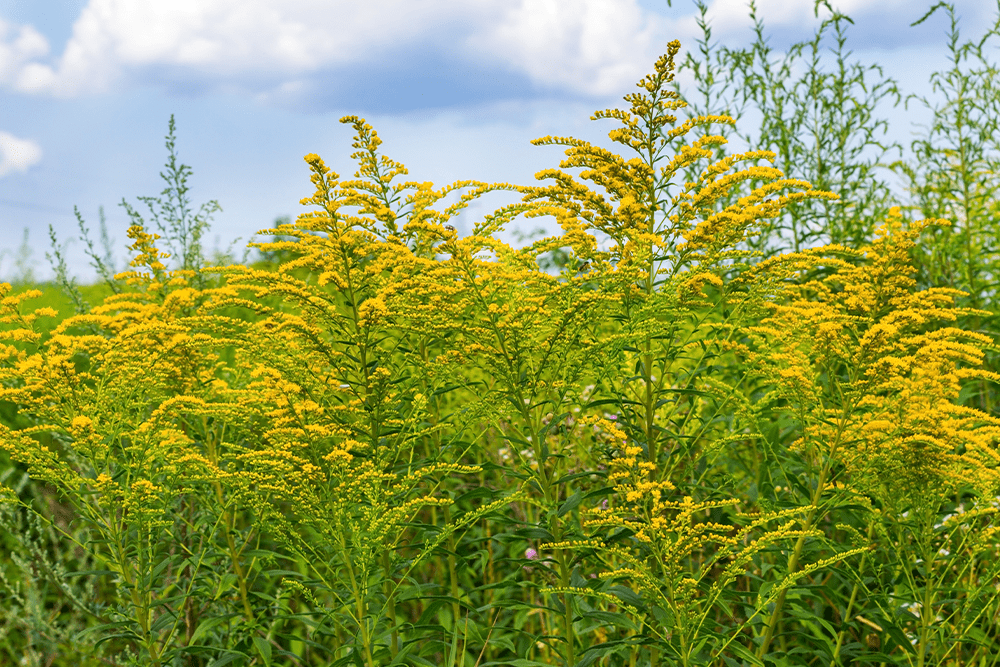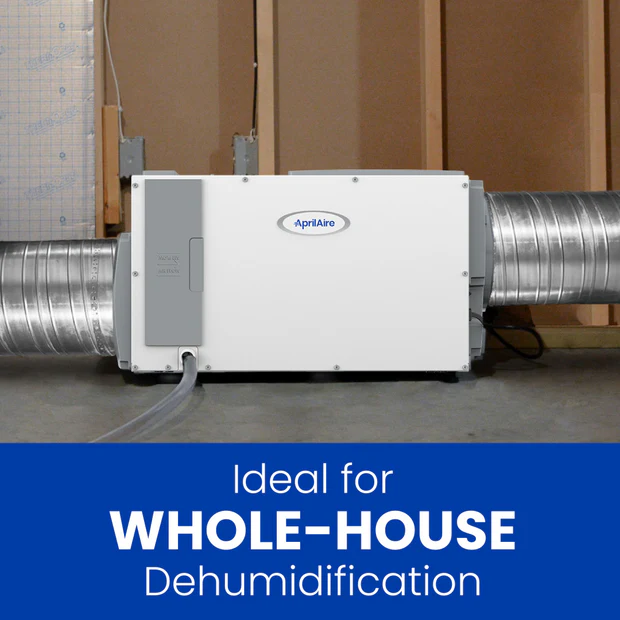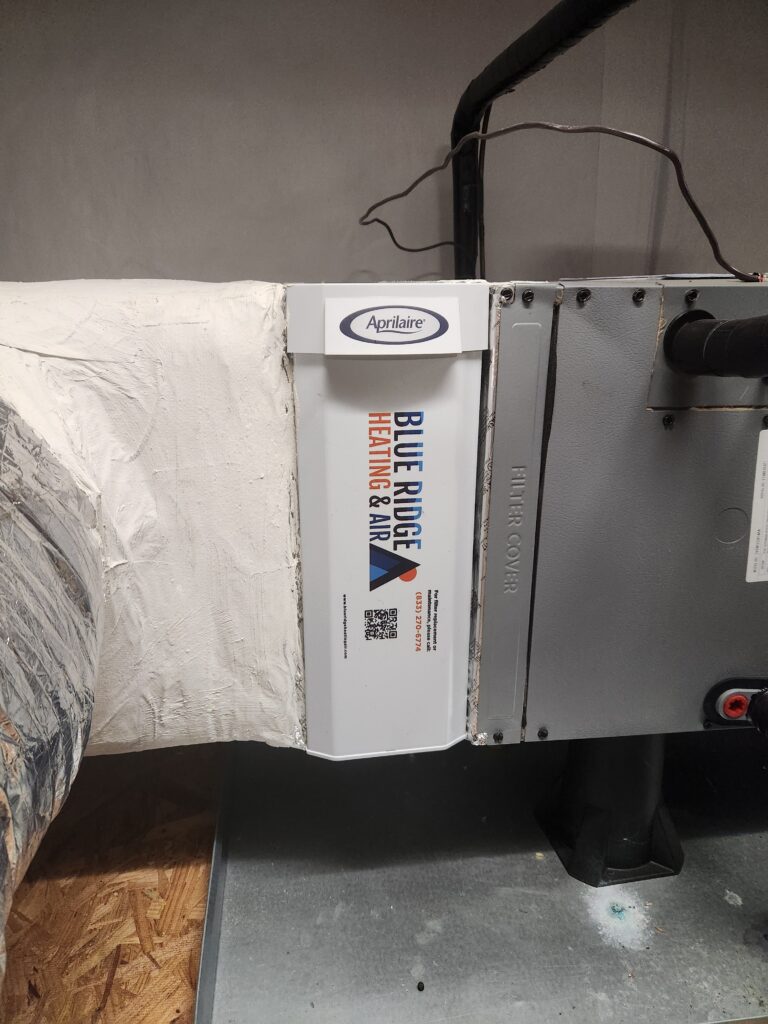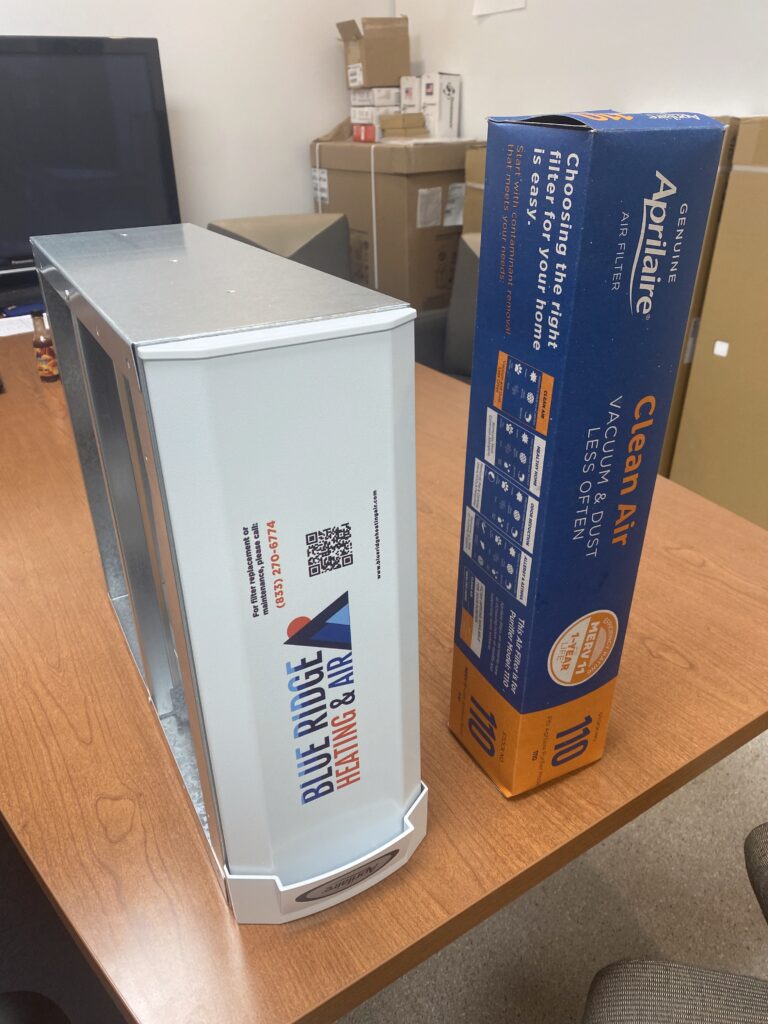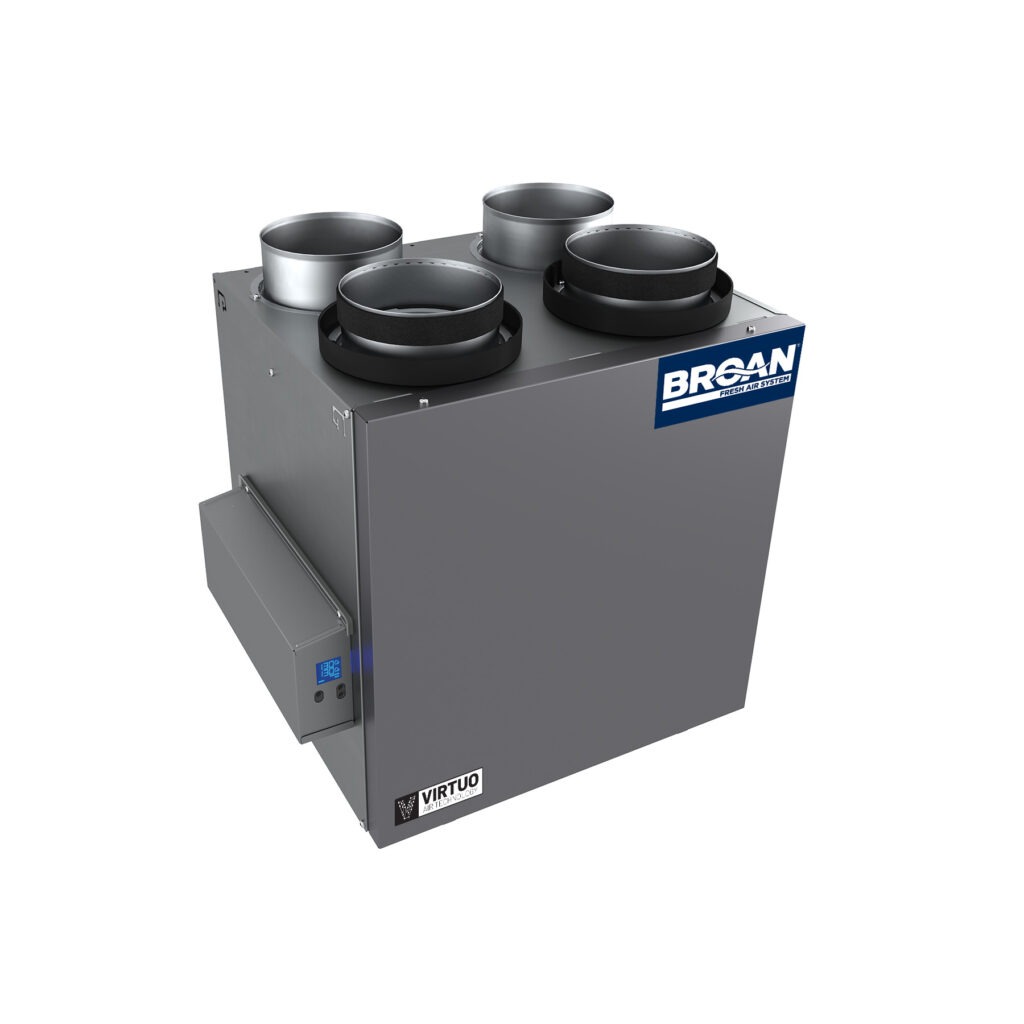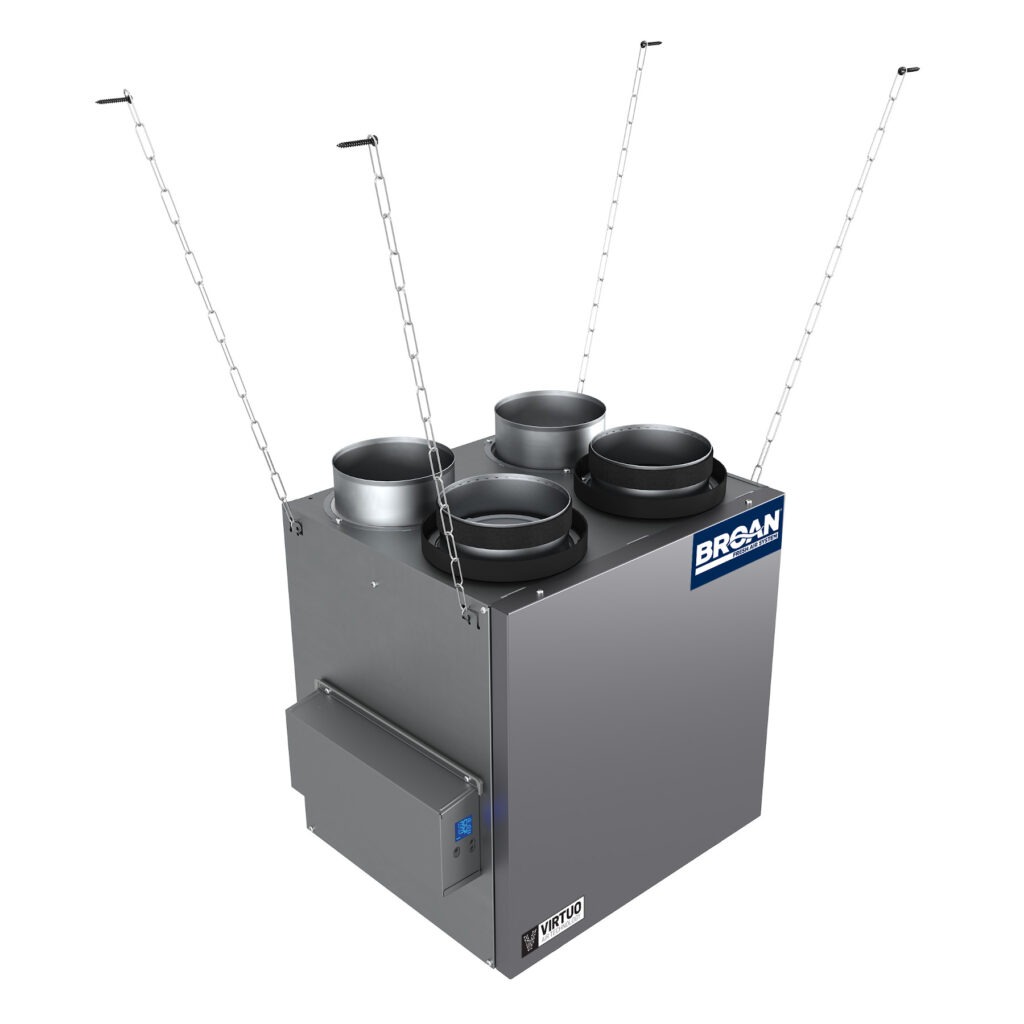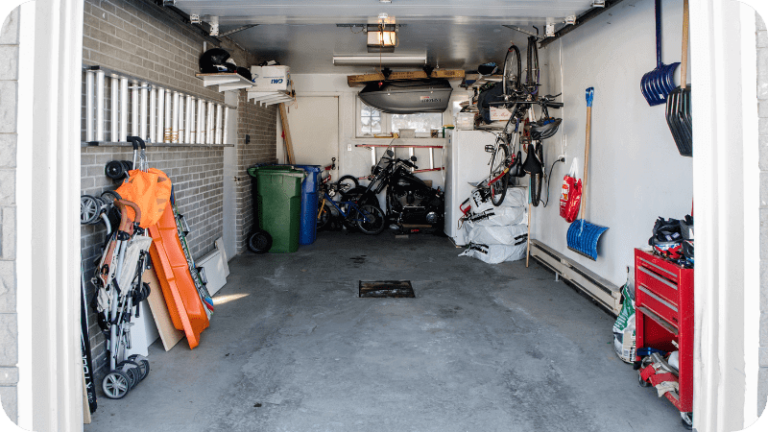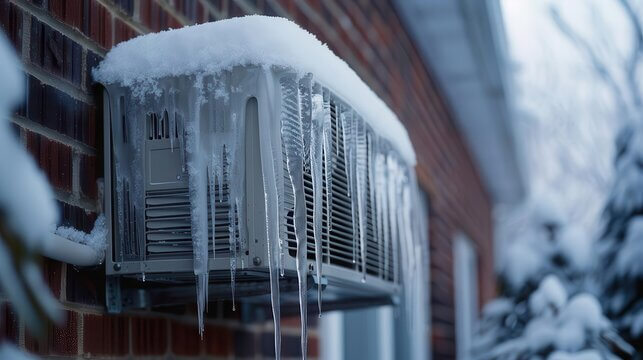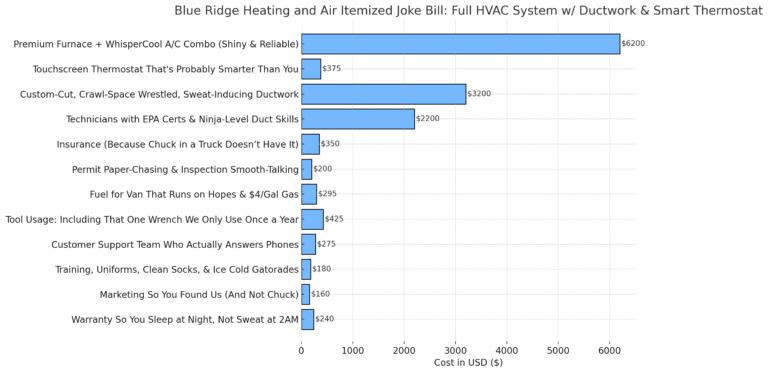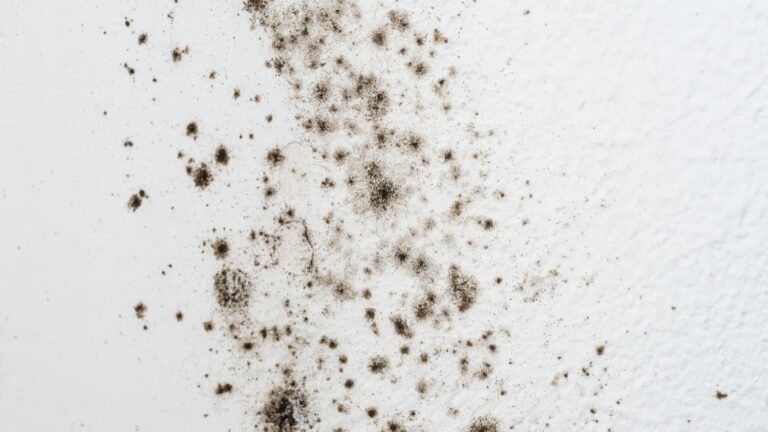HVAC Solutions for Cleaner Indoor Air and Less Allergens
As fall arrives in Upstate South Carolina and Western North Carolina, so does ragweed pollen, mold spores, and dust mites—leading to sneezing, congestion, and itchy eyes. If you’re struggling with fall allergies, your HVAC system can either be your best defense or a hidden culprit in worsening symptoms.
By improving filtration, humidity control, and air purification, you can create a healthier indoor environment and significantly reduce allergens in your home.
Heating and Cooling Issues? Click Here!
Common Fall Allergens in the Carolinas
Certain airborne allergens peak in the fall, making it one of the worst seasons for allergy sufferers. Here’s what you need to watch for:
1. Ragweed Pollen
- The most common fall allergen, releasing millions of pollen grains that travel through the air.
- Highly concentrated in Upstate South Carolina and Western North Carolina, lasting from August through November.
- Pollen levels peak in the morning and on windy days (American College of Allergy, Asthma & Immunology).
2. Mold Spores
- Thrive in damp environments like piles of fallen leaves and crawl spaces.
- Can spread through your home’s ductwork and HVAC system if moisture is not controlled.
3. Dust Mites
- Found in carpets, bedding, and HVAC vents.
- Thrive in homes with high humidity levels.
To combat these allergens, you need to optimize your HVAC system for cleaner air.
HVAC Solutions to Reduce Fall Allergies
1. Upgrade to High-Efficiency Air Filters
Your HVAC air filter is the first line of defense against pollen, dust, and mold spores. But not all filters are created equal.
✔ Use a MERV 11+ or HEPA filter – These trap smaller particles like ragweed pollen and dust mites.
✔ Change your filter every 30-60 days – A clogged filter allows allergens to circulate freely.
✔ Consider an air purifier with a HEPA filter – Especially useful for allergy-sensitive individuals (EPA).
2. Control Indoor Humidity
Humidity plays a major role in allergen growth. If your home is too humid, mold and dust mites thrive. If it’s too dry, your airways become irritated, making allergies worse.
✔ Keep humidity between 30-50% – This is the ideal range for reducing allergens (ASHRAE).
✔ Use a whole-home dehumidifier – Helps prevent mold growth in crawl spaces, basements, and ductwork.
✔ Check for condensation in your HVAC system – Moisture buildup in ducts and air handlers can cause mold to spread.
3. Clean Your HVAC Ducts & Vents
Your ductwork collects dust, pollen, and mold spores over time, and when your HVAC system turns on, it can spread allergens throughout your home.
✔ Schedule professional duct cleaning – Especially if you’ve had past mold issues.
✔ Vacuum registers and vents regularly – Prevents dust buildup from circulating.
✔ Seal leaky ducts – Gaps in ductwork allow allergens from attics and crawl spaces to enter your home (Energy Star).
4. Install a Whole-Home Air Purifier
A whole-home air purifier works with your HVAC system to eliminate allergens before they reach your lungs.
✔ UV air purifiers – Kill mold spores and bacteria inside your HVAC system.
✔ Electrostatic air purifiers – Capture fine particles like pollen and pet dander.
✔ PCO (Photocatalytic Oxidation) purifiers – Help neutralize airborne chemicals, mold, and odors (HVAC.com).
5. Ventilation: Bringing in Fresh, Clean Air
If your home is sealed tightly for energy efficiency, allergens can become trapped inside. A fresh air ventilation system ensures clean, filtered air circulates throughout your home.
✔ Energy Recovery Ventilators (ERVs) – Exchange stale indoor air with fresh outdoor air while maintaining temperature and humidity.
✔ HVAC-integrated ventilation systems – Provide continuous air exchange without bringing in outdoor allergens.
Protecting Your Home from Fall Allergies in Upstate SC & Western NC
In Upstate South Carolina, ragweed and mold are the biggest fall allergy triggers. Cities like Greenville and Spartanburg have high pollen and humidity levels, making dehumidifiers and high-MERV filters essential.
In Western North Carolina, particularly in Asheville and Brevard, fall allergies peak in October due to ragweed and damp conditions that support mold growth. Sealing ductwork, using HEPA filtration, and installing air purifiers can significantly reduce symptoms.
✔ Monitor pollen counts – Use sources like Pollen.com to track local allergy levels.
✔ Schedule HVAC maintenance – Ensure your system is clean and efficient before fall allergies peak.
✔ Invest in HVAC upgrades – A high-efficiency air purifier, fresh air ventilation, and humidity control make a huge difference in allergy relief.
Read More: Who is the Best HVAC Service Provider in the Carolinas? Blue Ridge Heating and Air is!
Sneezing or Coughing? Click Here!
Breathe Easier This Fall with Blue Ridge Heating & Air
At Blue Ridge Heating & Air, we help homeowners in Upstate South Carolina and Western North Carolina combat fall allergies with HVAC solutions tailored to your needs. Whether you need better filtration, a whole-home air purifier, or humidity control, we can help you create a healthier home environment.

